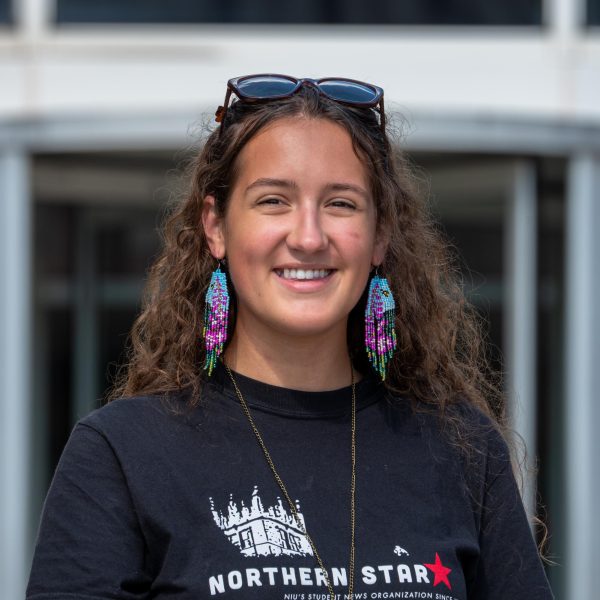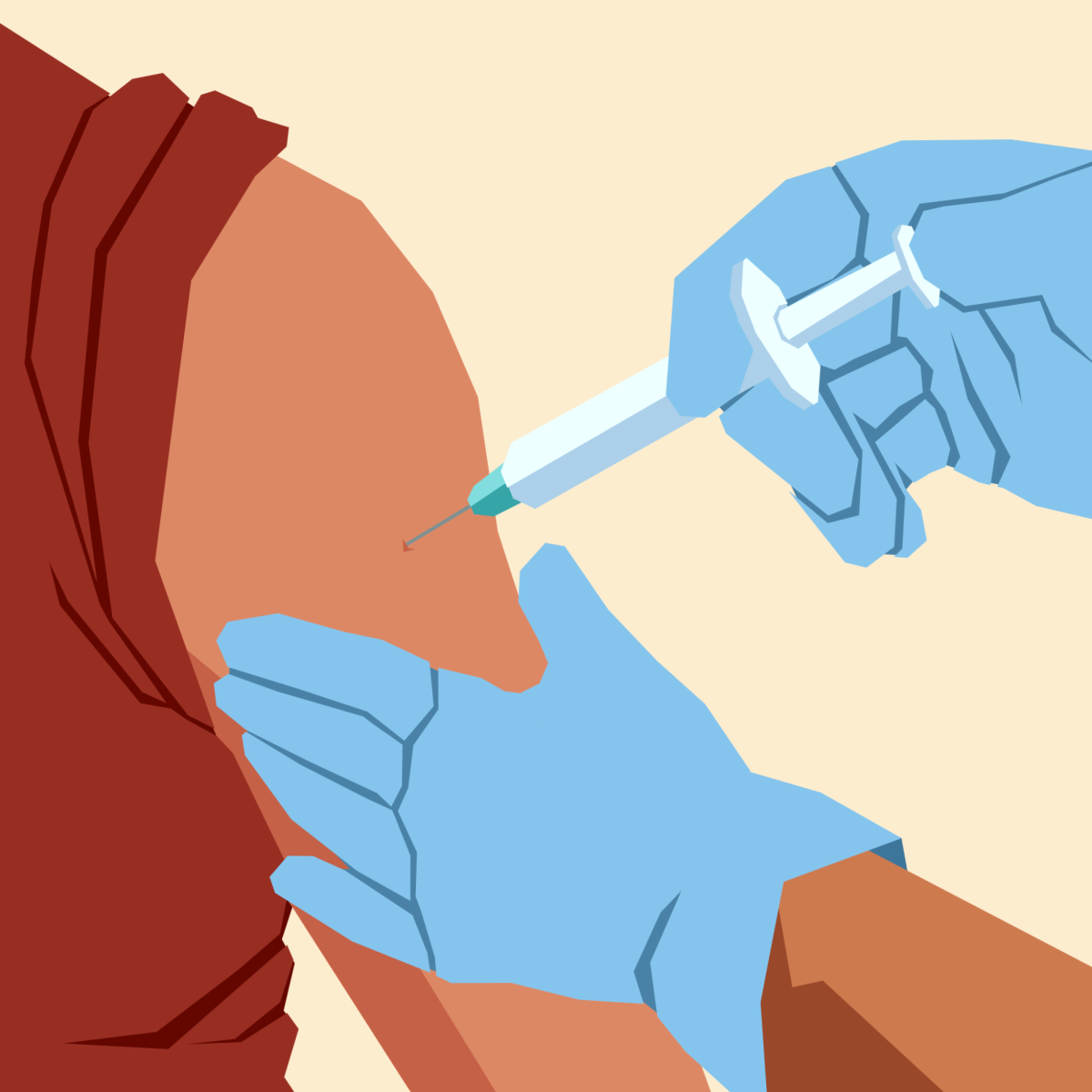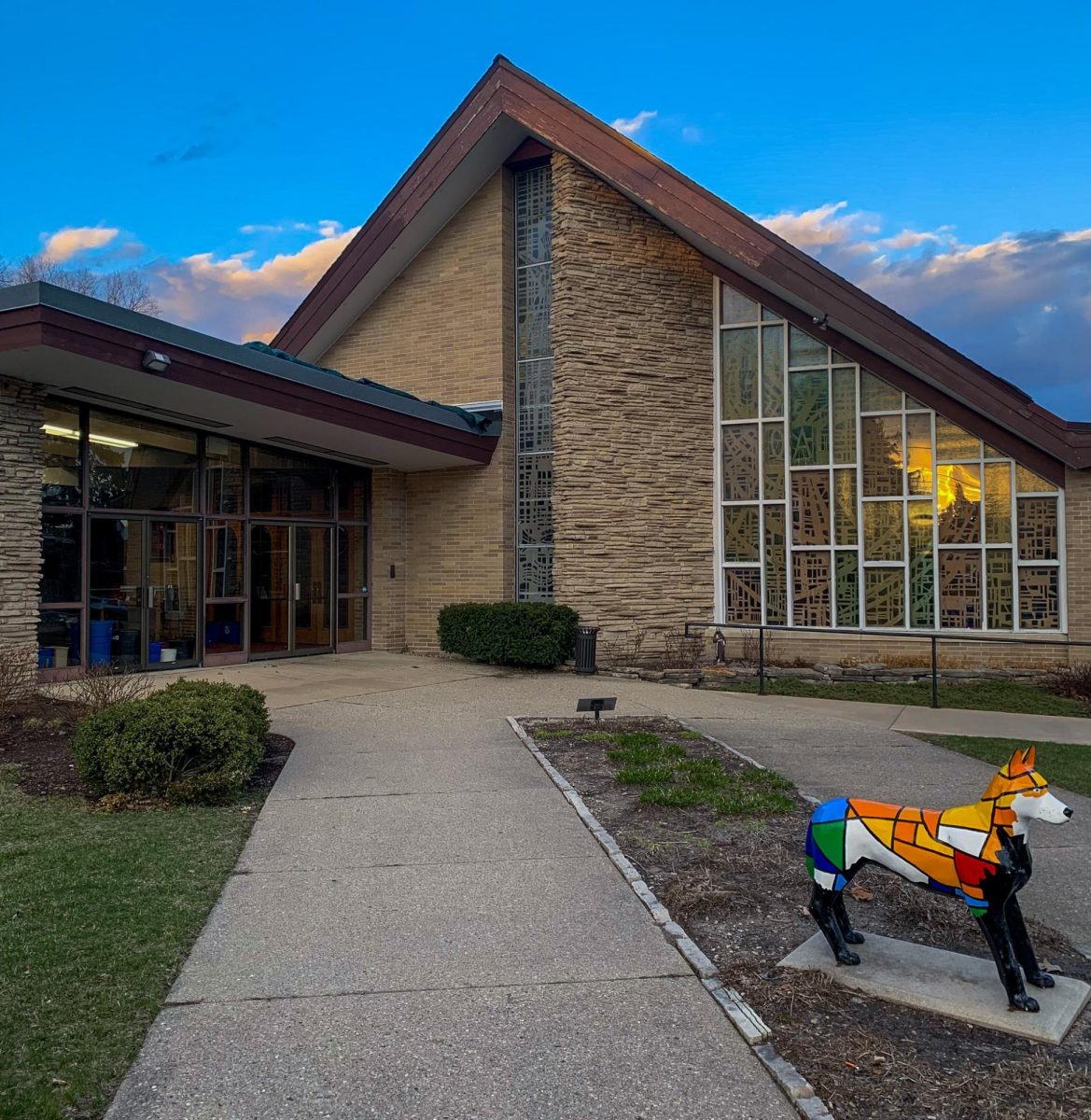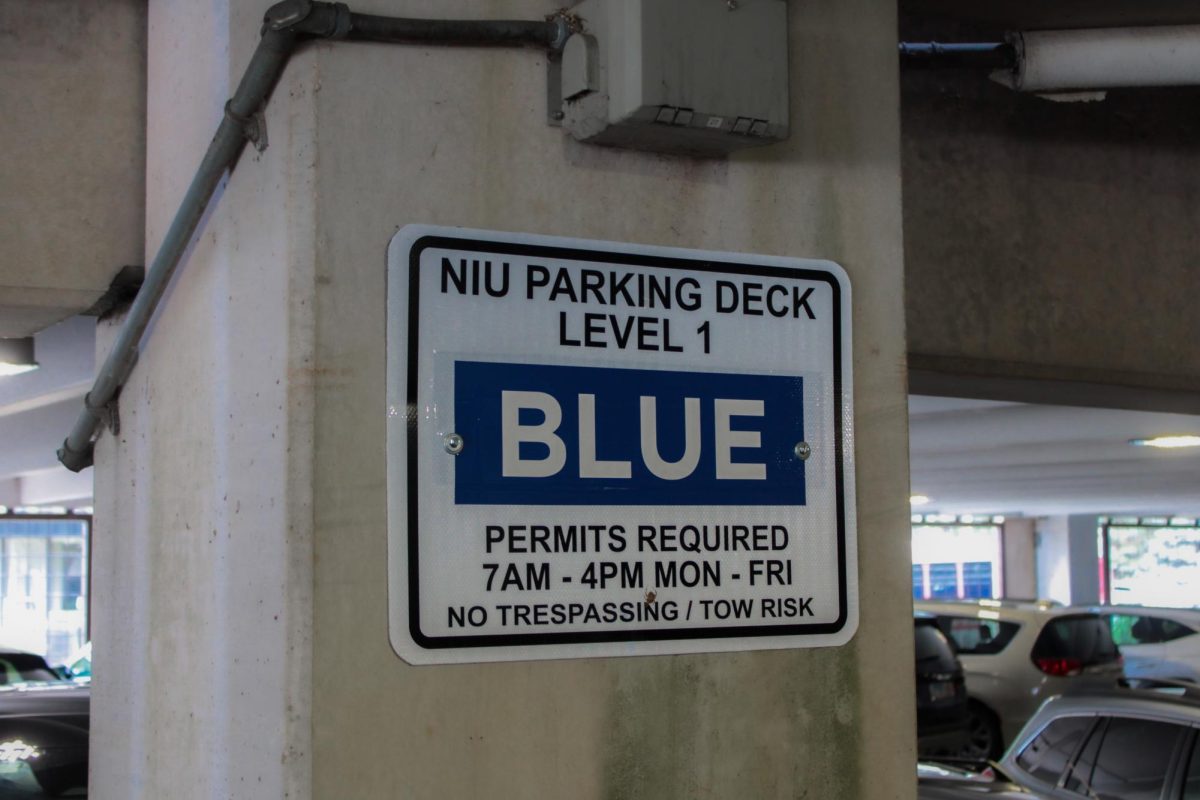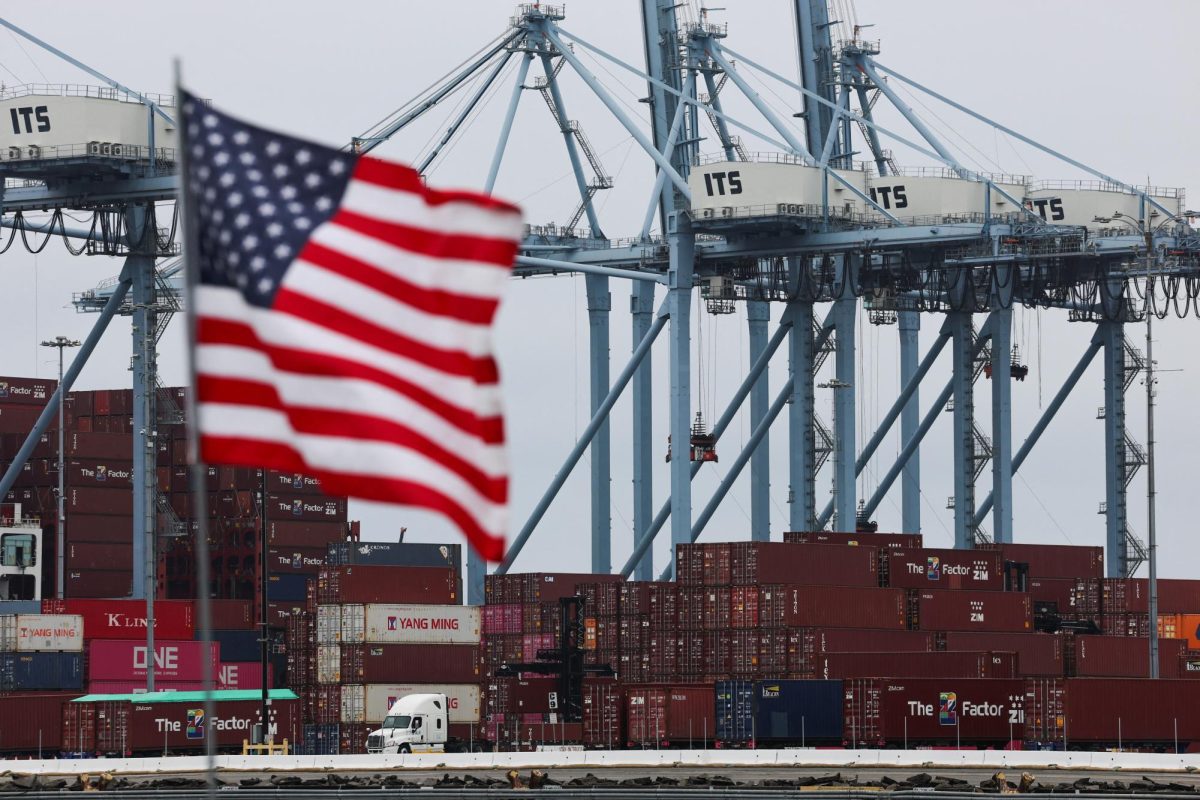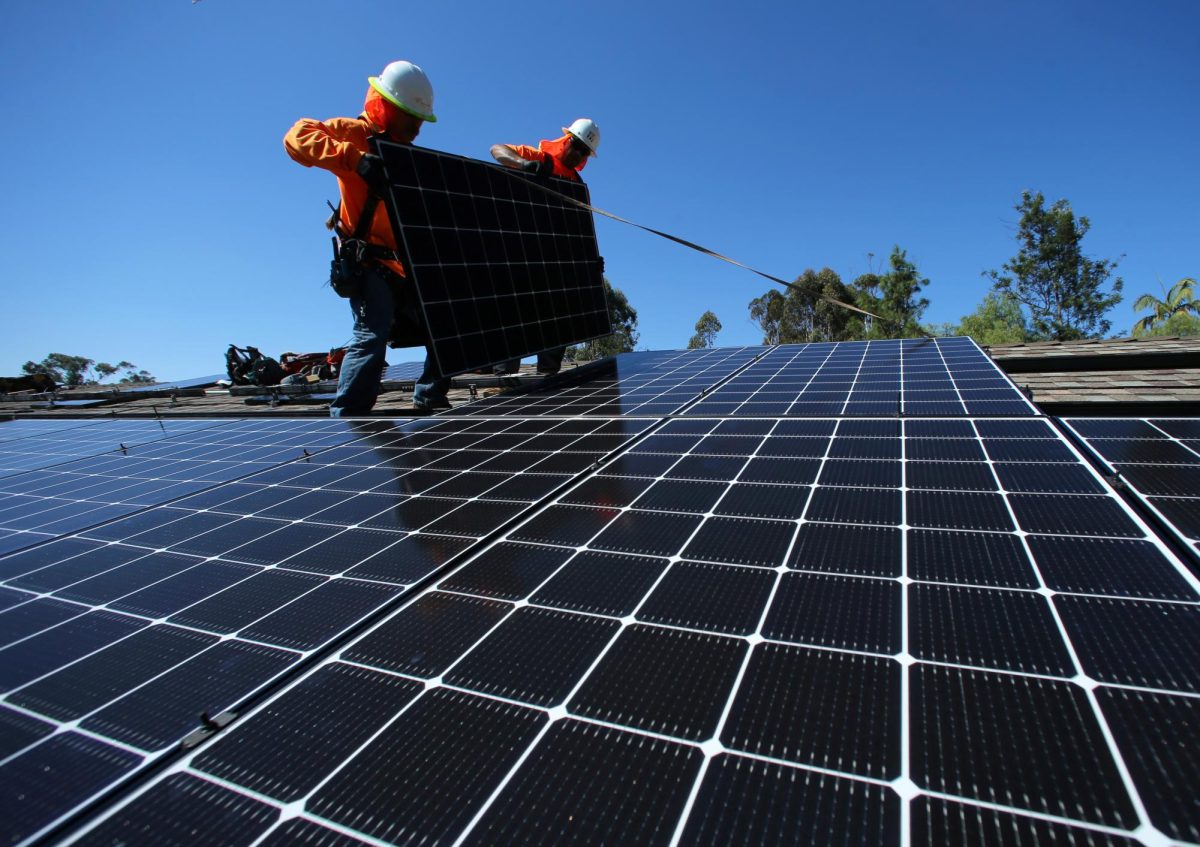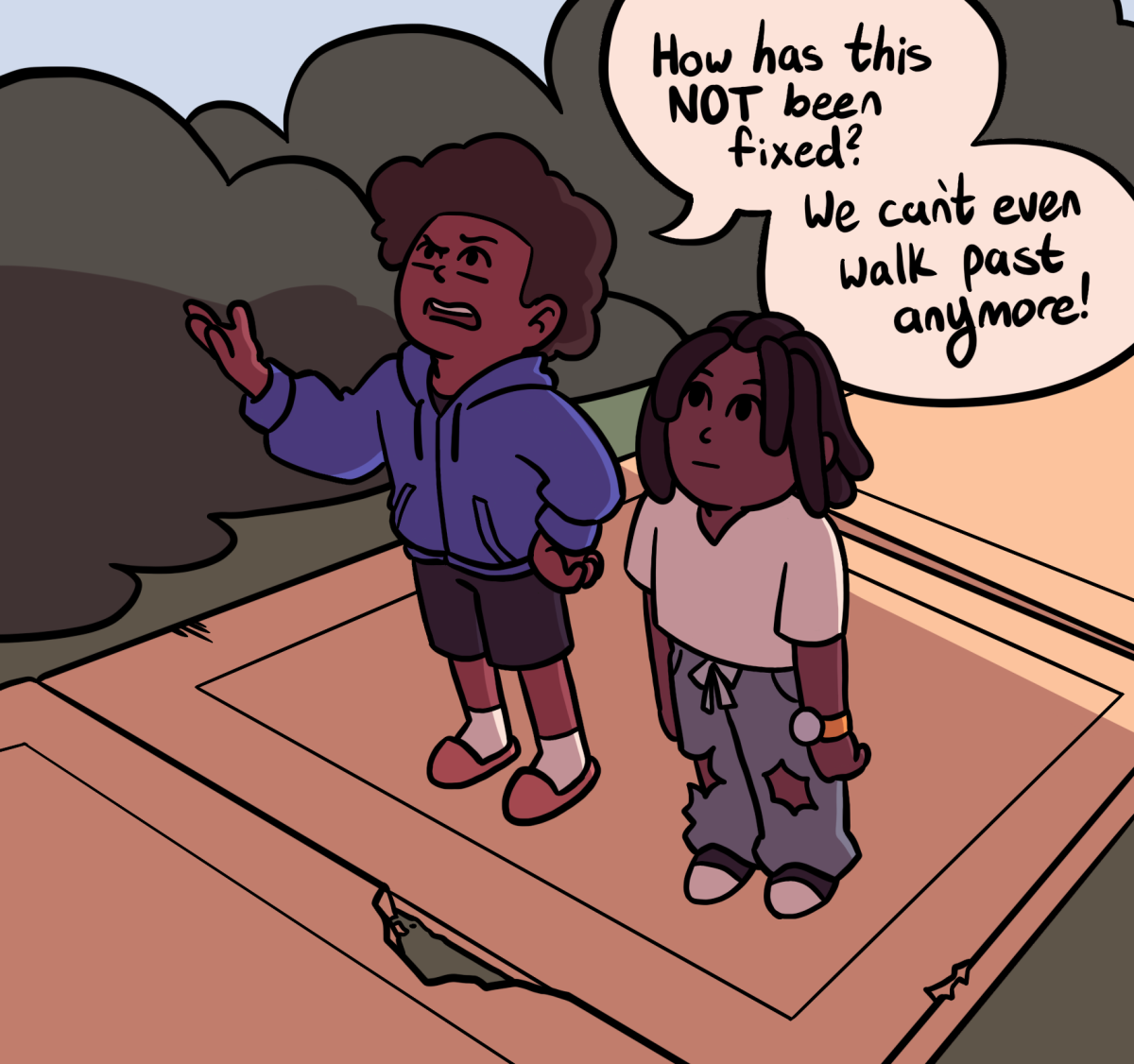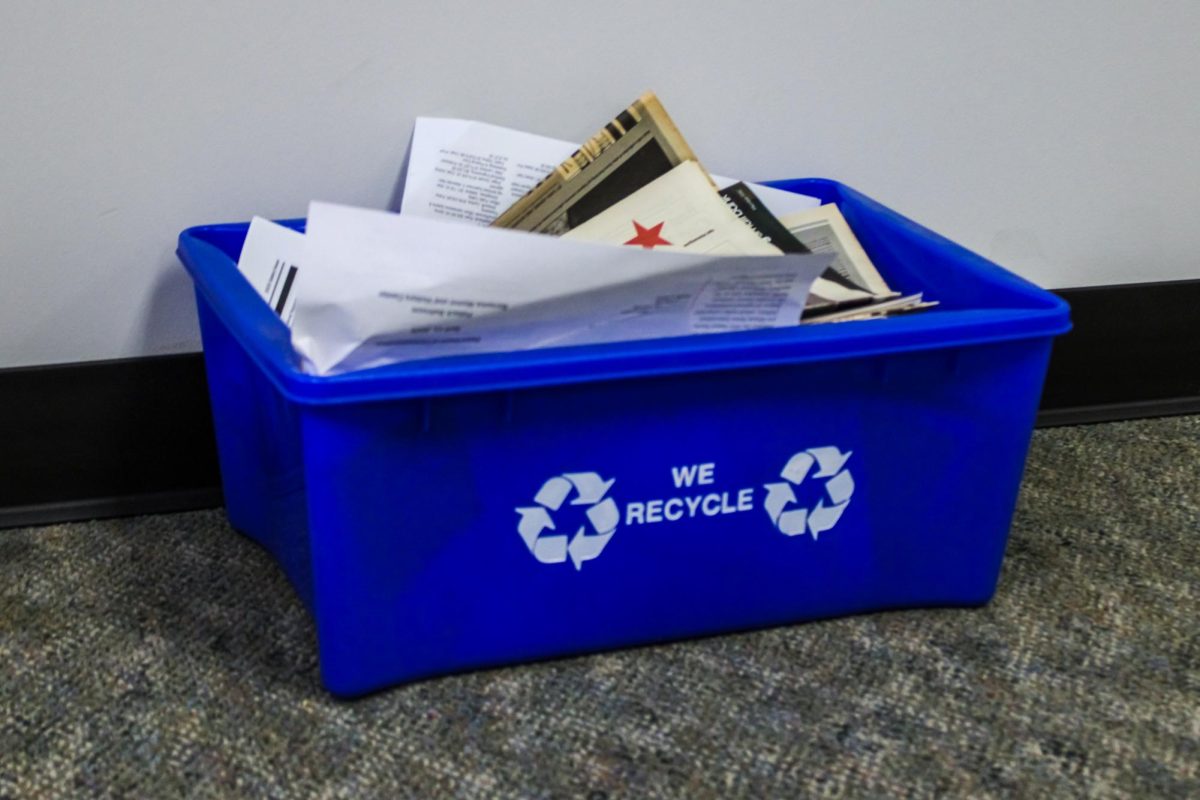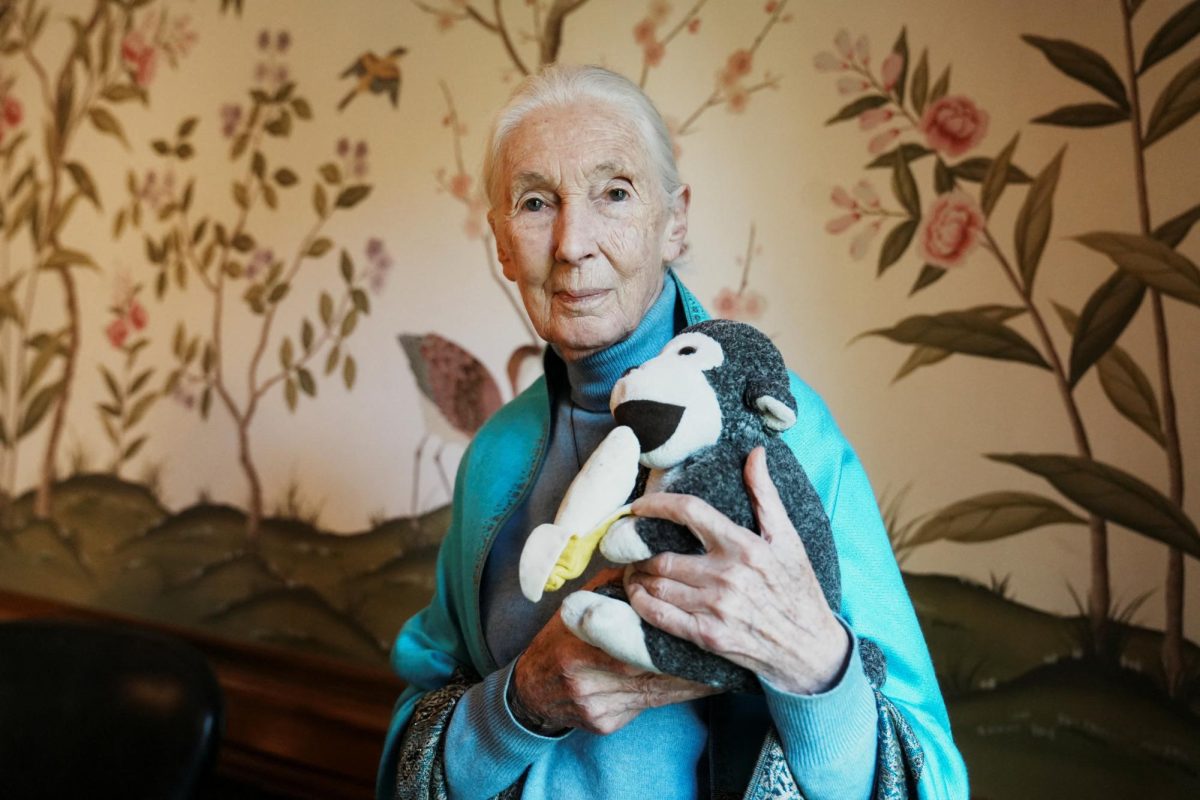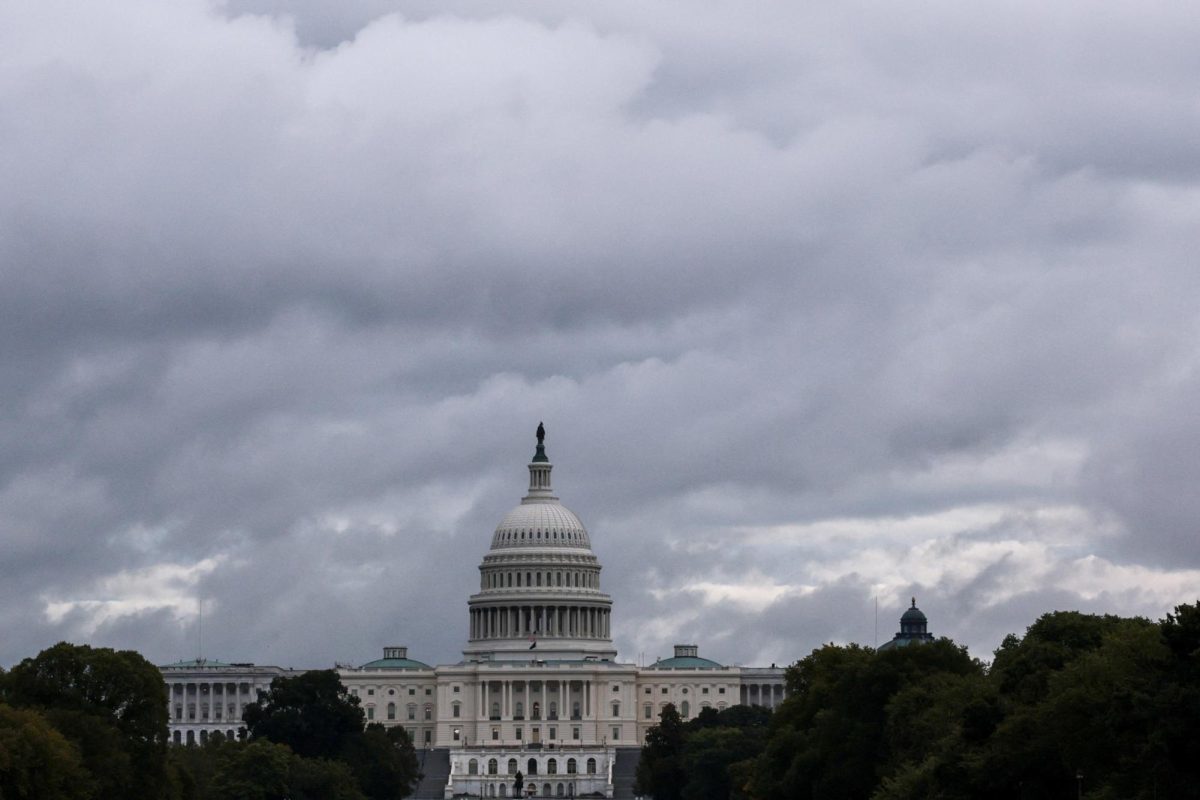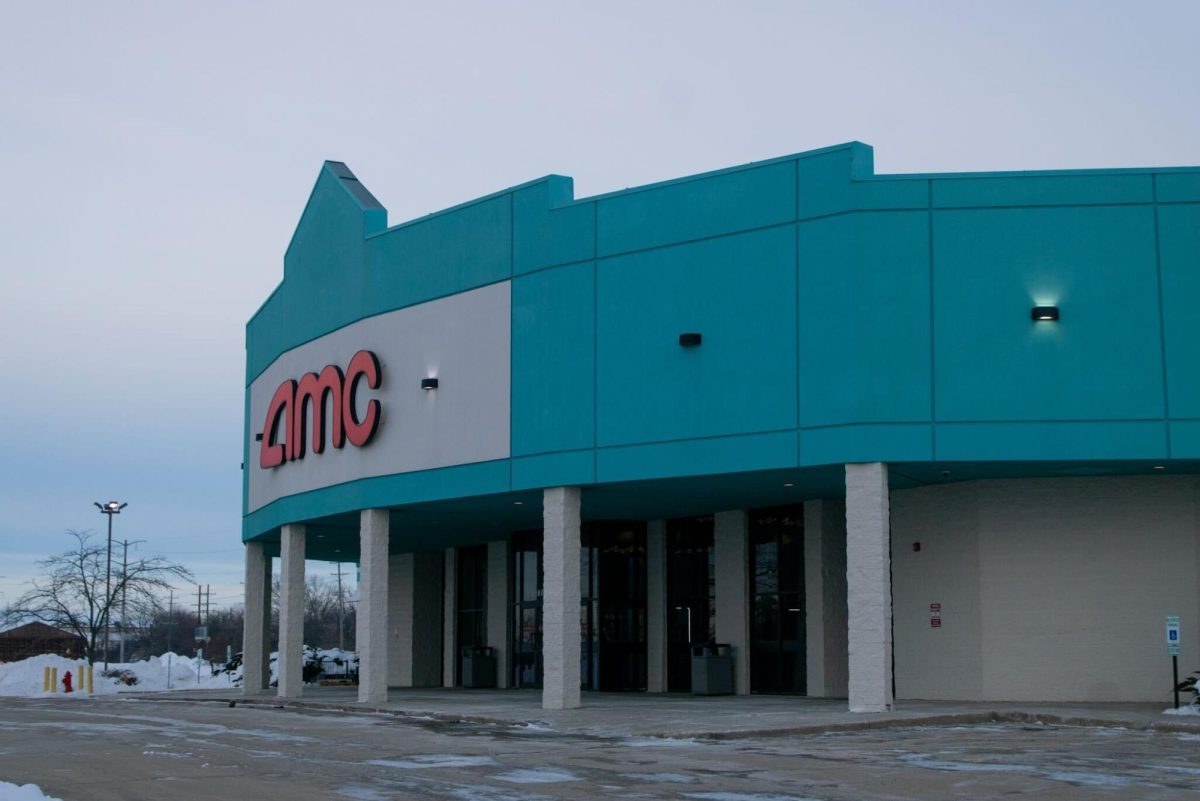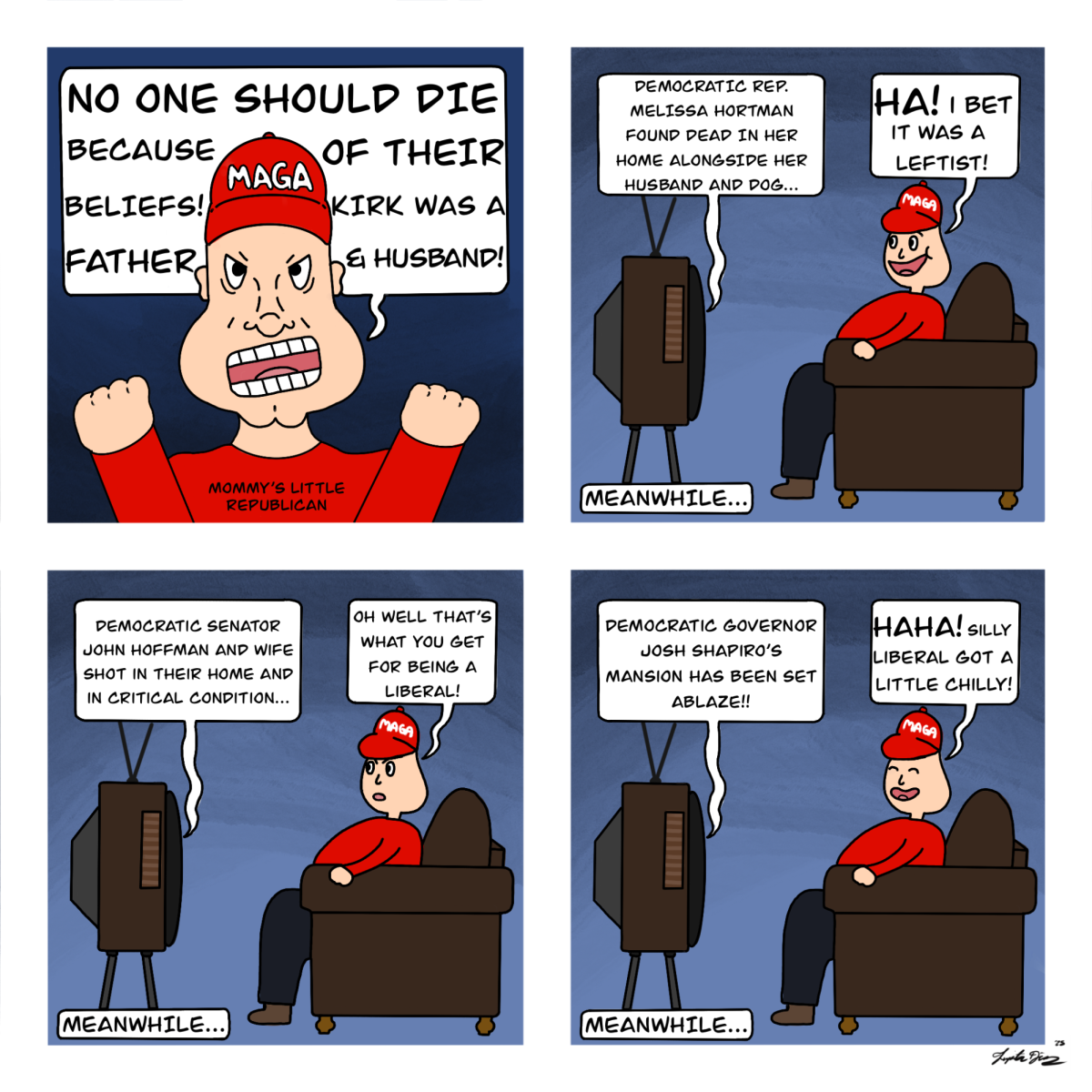Last week devastating floods tore through Western Alaska, washing away entire coastal villages and displacing more than a thousand people. The tragedy emphasizes the need for accelerated conversation – between science and policy – about adapting to a changing arctic.
The Alaska Native coastal communities of Kipnuk and Kwigillingok were demolished during the floods, which followed the major Typhoon Halong storm event – triggered by record-high sea level temperatures.
Hundreds of people have been evacuated by air to Alaska’s major cities, some hundreds of miles from the evacuated villages. At least one person was killed, and many more were injured.
A timeline for reconstruction of Kipnuk and Kwigillingok is unknown: Bringing materials to both villages will grow more complicated as winter approaches, requiring air or sea transport. The catastrophe will create intense lifestyle and financial challenges for many families currently sheltering in temporary relief centers, who face uncertainty alongside tremendous grief.
Federal flood protection funding which may have provided relief to these villages, or prevented similar future tragedies, faced dramatic cuts from the White House in May.
Nature is proving our president dreadfully wrong.
Alaska Natives are among the most underrepresented demographics in America, yet their voices will become the most important as arctic environments continue to change.
It is imperative policy leaders direct their focus to Indigenous Alaskan communities and arctic Alaskan ecosystems. It is imperative citizens from all over the country hold their leaders accountable and demand Alaska receives the attention it requires.
The most dangerous mind is the one that rashly assumes, because harm is only coming to others at the moment, it will not reach you soon too.
We are all in desperate need of arctic research – in desperate need of Indigenous representation, in desperate need of our leaders to listen to the science and stop sacrificing human safety.
Those wishing to donate in support of the displaced survivors may donate to the Western Alaska Disaster Relief 2025 Fund or purchase requested items from the Amazon checklist organized by the Association of Village Council Presidents.



